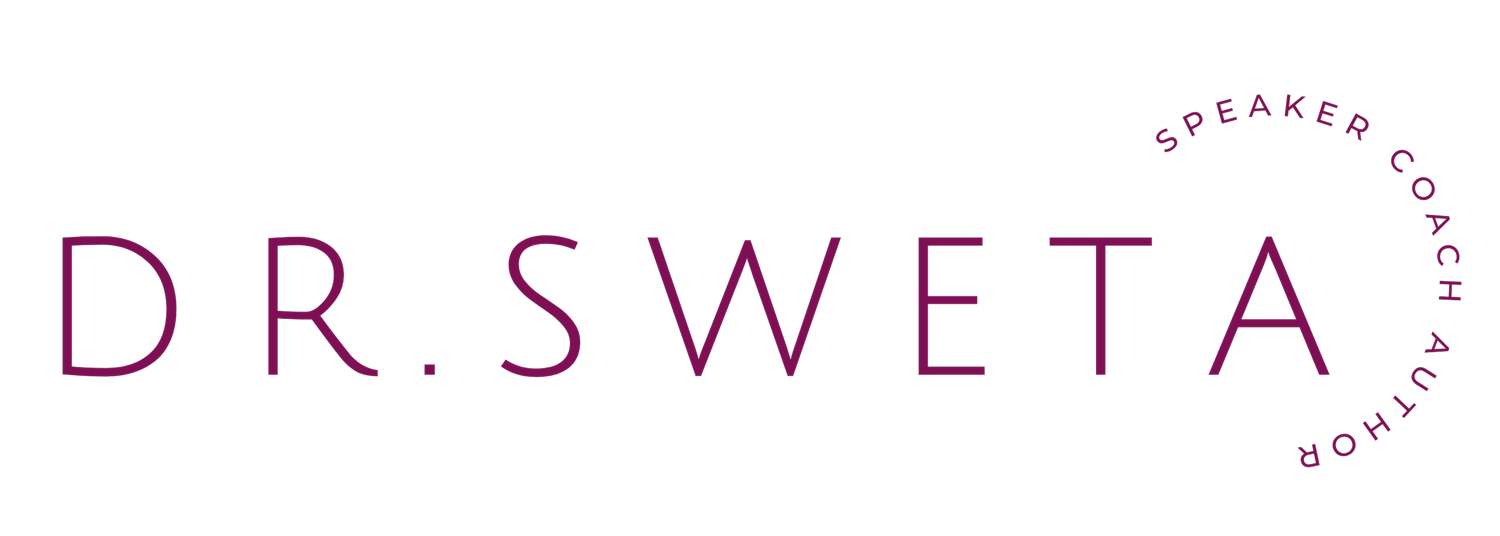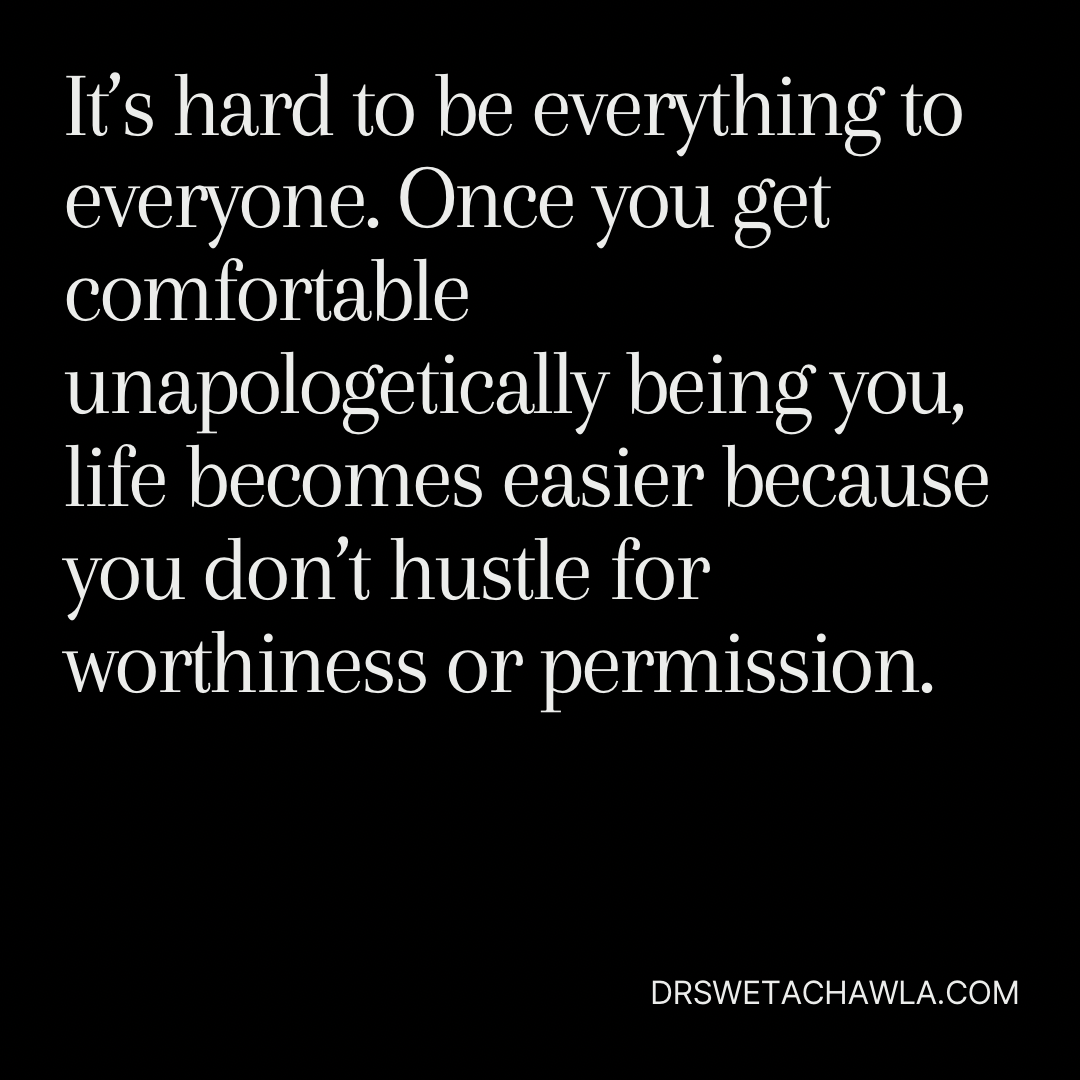belonging or is it fitting in?
A couple of years ago I was chatting with a friend about belonging and she said to me that word makes me feel so warm and cozy. I remember feeling the opposite.
Belonging to me brought up feelings of giving up parts of myself, something I was committed to no longer doing. I didn’t realize that I was just confused about what belonging really meant because what I had been doing was trying to fit in. (the image below from Brene Brown’s latest book Atlas beautifully shows the difference.)
Now that I am a leadership coach who focuses on creating personalized structures for authentic expression and well-being, I can understand why I was confused. My top value, a very important coaching exercise, is connection.
Growing up as an immigrant in the US, especially as a girl and an Asian, one of the direct and indirect messages we often receive is that we need to assimilate. I learned to contort myself to be like others so I wouldn’t stand out or be rejected.
I created a coping mechanism that was very much supported in society and media, to feel connection, I had to be the same. That’s also how I became a people-pleaser, perfectionist and over-performer - I would do anything so that I could feel worthy of connection.
Now you do not need to be a woman or an immigrant to relate to what I am sharing. If you also feel uncomfortable by the idea of belonging, perhaps you too have created a survival habit of fitting in or perhaps you isolate. It’s worthy to get curious about your feelings around belonging and any habits you may have sub-consciously created to get your needs met.
If you feel uncomfortable networking, maybe it’s not just that you are an introvert but that you having a running belief that you will not be accepted if they knew “fill in the blank” about you? Or maybe like me, you became a social butterfly to avoid feeling alone.
The good news is that it’s not too late to create new experiences of belonging.
When you cultivate the courage to unapologetically accept yourself, not only do you begin to belong to yourself, you give yourself the opportunity to experience true belonging instead of trying to fit in.
If you want to learn more about how to take steps towards belonging to yourself check out the chat I had with Organizational Health & Inclusion Specialist Faith Clarke on Identity and Belonging. You can watch here or if you prefer to listen click here.
Here’s what to expect:
How birthing neurodiverse children expanded our own identities and grew our courage
How invisible “norms” create suppression and imposter syndrome
The struggle of fitting in when you are “different or complex”
The gift of Intersectionality - creating natural leaders
Why you are not a “hot mess” but not in the right structures that honor your brilliance
How colonial structures lead us to work harder than we need to
How to play the hand you are dealt
The power of decolonizing the feminine
The exhaustion of not being seen and compartmentalizing self
The invisible influences that make you feel seen
The power of investigating your story and normalizing differences
Where to start with being more authentic
Here’s to Belonging!



